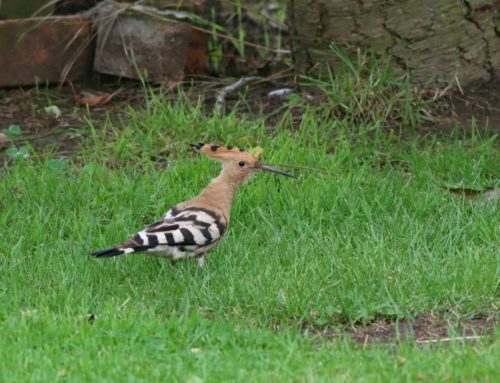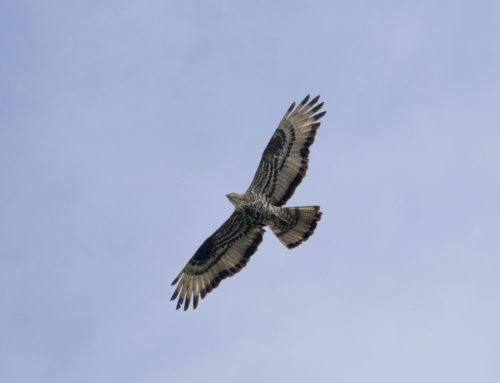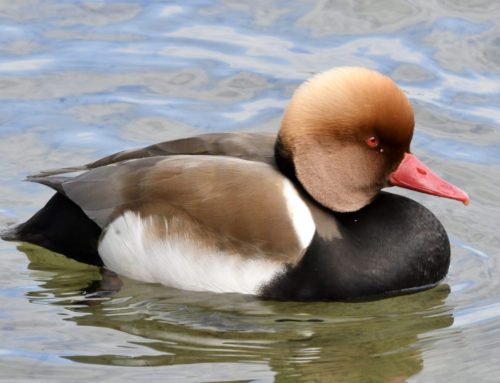Turtle Dove National Survey 2021

Turtle Dove; RSPB Images
The UK breeding population of Turtle Doves has plummeted in recent decades. In the early 1970s, when the first breeding bird atlas was published and the RBBP was formed, it was a common and widespread breeding species across southern Britain. The range extended into southwest England and eastern Wales, northwest into Lancashire and up the eastern side of England, even extending into the Scottish Borders, and the population was estimated at 125,000 pairs. At that time, it would have been absurd to consider the species becoming a rare breeding bird, but the subsequent decades have seen a rapid and continuous decline, as monitored by the BTO Common Bird Census and then the BTO/JNCC/RSPB Breeding Bird Survey. The Turtle Dove now bears the unwanted title of the UK’s fastest declining bird, with numbers having fallen by 98% since 1970. Over the last decade the population has halved in number every four years.
The decline in Turtle Dove populations in the UK has been mirrored across much of the European range; the Pan-European Common Bird Monitoring Scheme estimates a population decline of 80% since 1980. As a consequence, Turtle Dove is classified as globally Vulnerable, and now has a European Action Plan identifying steps to address the key issues such as habitat loss, insufficient food availability, and hunting.
The RBBP added Turtle Dove to the list of species for which it collects data from the 2018 breeding season onwards: the 2018 report, published in British Birds last December, contains the results of the first year of data collection. Breeding Turtle Doves were reported from 26 counties, from Cornwall up to Yorkshire. However, many counties have very few Turtle Doves remaining; 17 counties reported totals only in single figures. As expected, the bulk of the remaining population was in southeast and eastern England, with the highest totals of territorial pairs reported from Kent, Suffolk and Norfolk. In total, 615 pairs were reported, which is certainly considerably below the true population; estimates provided by county recorders suggest that there may be at least 1,200 pairs. The most recent estimate from the Avian Population Estimates Panel was 3,600 pairs in 2016 – of course, with the trend mentioned above we would expect the number to have declined to less than half that by 2021.
As this was the first year of data collection, we hope that coverage by the RBBP will improve with time as more effort is put into recording and reporting this species. It is also clear, however, that we need more robust monitoring immediately, in order to underpin efforts to save the species in the UK. Therefore, we are pleased to announce that the RBBP and RSPB, with the support of BTO, Natural England and many county bird clubs, are planning a national Turtle Dove survey for 2021.
Survey plans
The national survey will of course by subject to Covid-19 conditions. Given, however, that the survey will not start until later in the spring, by which time restrictions on outdoor activity will hopefully have reduced, we are hopeful that the survey will be able to go ahead as planned.
The national survey intends to mobilise volunteers, farmers, study groups, county bird clubs and other organisations to record Turtle Doves across their UK range.
The results of the survey will give us a comprehensive overview of the current size and distribution of the UK’s remaining breeding Turtle Dove population. This will allow us to assess the progress of conservation work to date, help ensure that future conservation efforts are targeted to where they will have the greatest impact, and will provide a robust baseline for future monitoring.
The national survey runs between mid-May and the end of July 2021.
As well as recording Turtle Doves, surveyors will also be asked to keep an eye out for other birds of conservation interest in the same areas. The resources that Turtle Doves need during the breeding season – seeds from annual or perennial low-growing plants (a.k.a. weeds), accessible fresh water from drinking and bathing, and dense scrubby vegetation (preferably native broad-leaved thorny scrub/hedgerows) – are also good for other woodland and farmland birds.
How to get involved
Surveys will aim to detect the presence and abundance of Turtle Doves within each selected 1km-square, with two visits between mid-May and the end of July. Each survey should be undertaken between sunrise and 0900: 70% of singing males should be detected within the first 2 hours after sunrise, after which vocal activity decreases markedly. The time taken for the survey will depend on the density of field boundaries.
The Turtle Dove survey web hub includes all the information needed to take part in the survey:
https://national-Turtle-Dove-survey-rspb.hub.arcgis.com/.
The Homepage provides a brief survey summary, including a list of partners; while the Take Part page allows people to select survey squares and download survey instructions.
https://national-Turtle-Dove-survey-rspb.hub.arcgis.com/pages/take-part
The locations of proposed survey squares are shown on the interactive map on the Take Part page; with squares still available to survey shown in blue, and those already allocated displayed in yellow. Available squares can be selected by clicking on them. This should then take you to a link where you can email TurtleDovesurvey@rspb.org.uk a request.
The survey team will then get back to you ASAP to confirm your request. Alternatively, you can email this address directly to request a square. Survey forms can be found on the Resources tab of the web hub. You will also be able to submit your records through the web hub when you have finished your surveys: this feature will be available on the web hub after the survey starts.
The Kent Ornithological Society is running a county-wide Turtle Dove survey in 2021, as part of the national survey, so all squares in Kent are shown as white on the map. For more details on the survey in Kent, please follow this link:
http://kosTurtleDoves.birdsurvey.org.uk/
This survey is part-funded by Natural England through its Action for Birds in England (AFBiE) programme.
For more information on Turtle Doves, check the following websites:
https://www.operationTurtleDove.org/
https://app.bto.org/birdtrends/species.jsp?year=2019&s=turdo
https://community.rspb.org.uk/ourwork/b/biodiversity/posts/Turtle-Dove-national-survey-2021
Simon Wotton, Senior Conservation Scientist, RSPB Centre for Conservation Science & Mark Eaton, Secretary, Rare Breeding Birds Panel.






